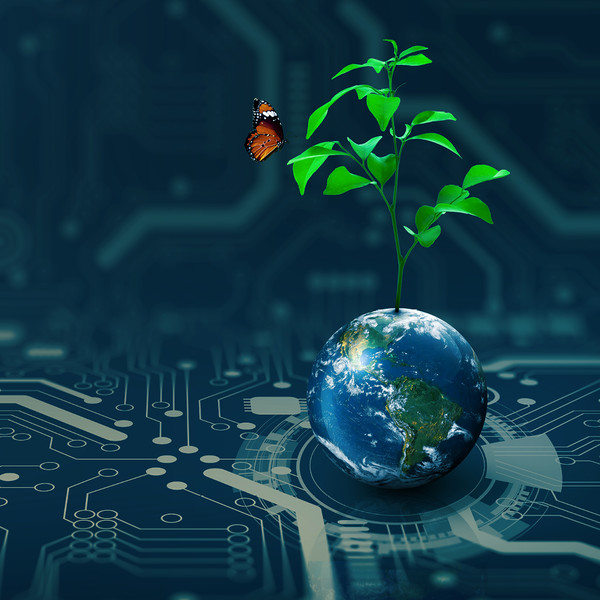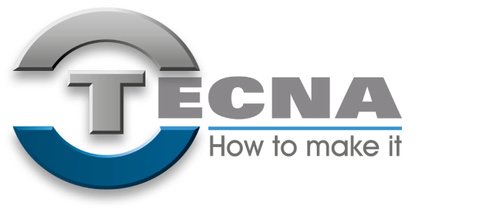The sustainability challenge is addressed inside factories
Factory processes are the central link in the ceramic industry supply chain as they are responsible for transforming raw materials into finished products and consuming resources.
Efforts to reduce emissions and environmental impact naturally focus on production lines, reflecting the fact that sustainability is primarily a technological challenge.
The environmental impact of an individual tile varies according to the energy consumed and emissions generated during production. Production lines have many positive or negative environmental impacts, including the energy consumed for drying and firing, the finishing processes used to refine products and minimise defects (and consequently quantities of scrap), and the way production waste is managed. The sustainability challenge is addressed primarily inside factories, making innovation and research the key drivers behind the ecological transition.

The drying and pressing stages no longer consume large quantities of water, while presses and dryers are also becoming increasingly energy efficient. Large modern kilns have attained new levels of energy efficiency, and innovative forms of renewable energy such as hydrogen are being explored, promising a potential revolution within the industry.
The finishing phase is increasingly adopting digital technologies and using advanced systems and software to:
- optimise resource usage
- reduce tool and abrasive consumption
- reduce slab defects
- reduce waste and rejects
Finally, the use of waste management and recycling systems helps to reduce overall environmental impact.
Process optimisation benefits not only sustainability but also factory competitiveness. New digital technologies reduce downtime, improve safety and enhance productivity, while the vast potential of artificial intelligence is expected to further boost progress.
In conclusion, adopting sustainable practices brings both environmental and economic advantages. Companies known for their excellent production practices draw a broader customer base, while process optimisation results in substantial cost savings over the medium to long term.

